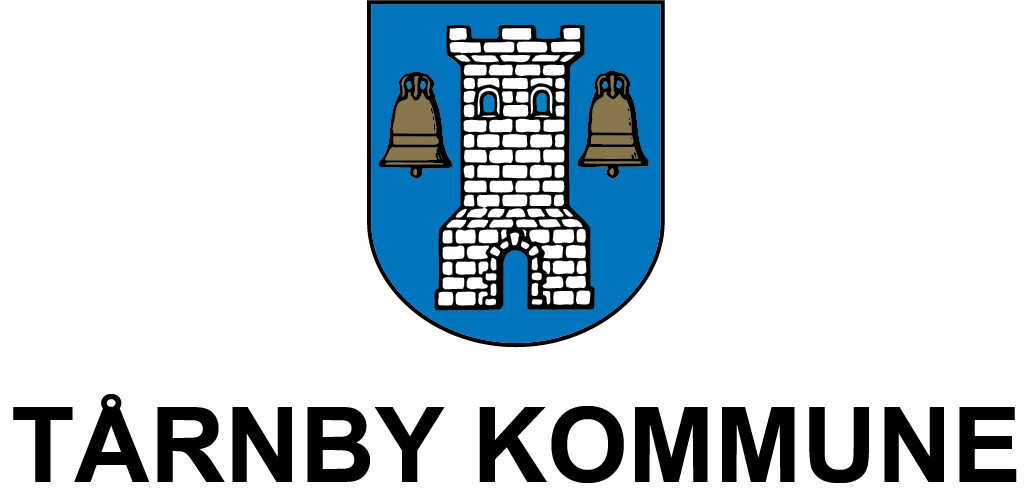Cross-Border Career: How Lara Built a Life in Denmark While Working in Sweden
When Lara, an American citizen living in Denmark, found the perfect job opportunity in Sweden, she wasn’t looking to move countries. She and her Swedish husband had recently settled into a new home in Denmark, where they both felt culturally at ease. “Denmark is our home,” she says. “We both feel a good cultural match.”

For the past three years, Lara has commuted from Denmark to her job in Sweden, balancing the benefits and challenges of life across borders. Her journey started when she stumbled upon a job posting on LinkedIn.
“The profile matched my skills so well that I thought I'd toss the dice and apply… it’s like this job was made for me.”
Navigating the Cross-Border Maze
Lara’s transition to working in Sweden wasn’t without complications. Getting a work permit was the first hurdle. “I was ready to apply three full months before my contract date,” she says, “but the relocation agency was in no rush. Then Ukraine was invaded, and suddenly Migrationsverket was flooded. It meant I started one month later, leaving me jobless for one month.”
Fortunately, she had support from multiple sources. IKEA’s relocation agency helped guide her initial steps, but it was Øresunddirekt that proved essential for understanding other complex aspects of cross-border life - especially regarding tax and social security. “I did indeed discuss tax and social security matters with Øresunddirekt,” she says. “I received excellent support.”
Her prior experience living in Sweden during her master's studies in Lund unexpectedly gave her a major advantage: a Swedish "personnummer". “Maybe this sounds insignificant,” she says, “but that makes access to BankID possible - an ID verification app that is needed for virtually everything.” Most people commuting from Denmark receive only a Swedish tax number, which limits their access to essential services in Sweden.
Bureaucratic Hurdles and Cultural Lessons
Despite her planning, Lara faced several unexpected challenges: confusion around social security registrations, delays at Försäkringskassan, and issues updating her name in Sweden’s system after getting married in Denmark. Even the act of crossing the border wasn’t always smooth.
“I have to carry my passport every time I go to work because I'm a 'third country national’,” she says. “Once, I was detained at the border for two hours. That convinced me to always bring my passport, despite the small risk of it being lost or stolen.”
Still, Lara finds great value in working across the Øresund Bridge. “It is pretty stimulating to be exposed to two cultures on a regular basis,” she says. “It teaches me much more thoroughly about consensus, collaboration, and more flattening of the hierarchy than even in Denmark.”
Advice for Others—and Why It’s Not Always “the Other Way Around”
Lara believes that more people should consider working in Sweden while living in Denmark, even though it bucks the usual trend.
“People are surprised to hear about my commuting to Sweden. They say, ‘Isn't it supposed to be the other way around?’. But it makes a huge difference to have the SINK agreement; a flat tax rate of 25 %. In Sweden there is strong job security and fairly consistent raises each year.”
Living in Denmark, Working in Sweden
Even after three years of cross-border commuting, Lara remains grateful for aspects of life in both countries. She can still use Denmark’s medical system and appreciates being able to keep her family doctor. “I do not have to pay any fees when something happens,” she notes.
Lara’s story is one of persistence, adaptability, and the often-overlooked support systems like Øresunddirekt that help make international commuting possible. “It’s confounding and scary sometimes,” she admits, especially when dealing with shifting rules for third-country nationals. The rules can seem unclear, which creates some uncertainty. But she continues to navigate it all with pragmatism and purpose. “This life suits us,” she says. “And for now, it works.”










